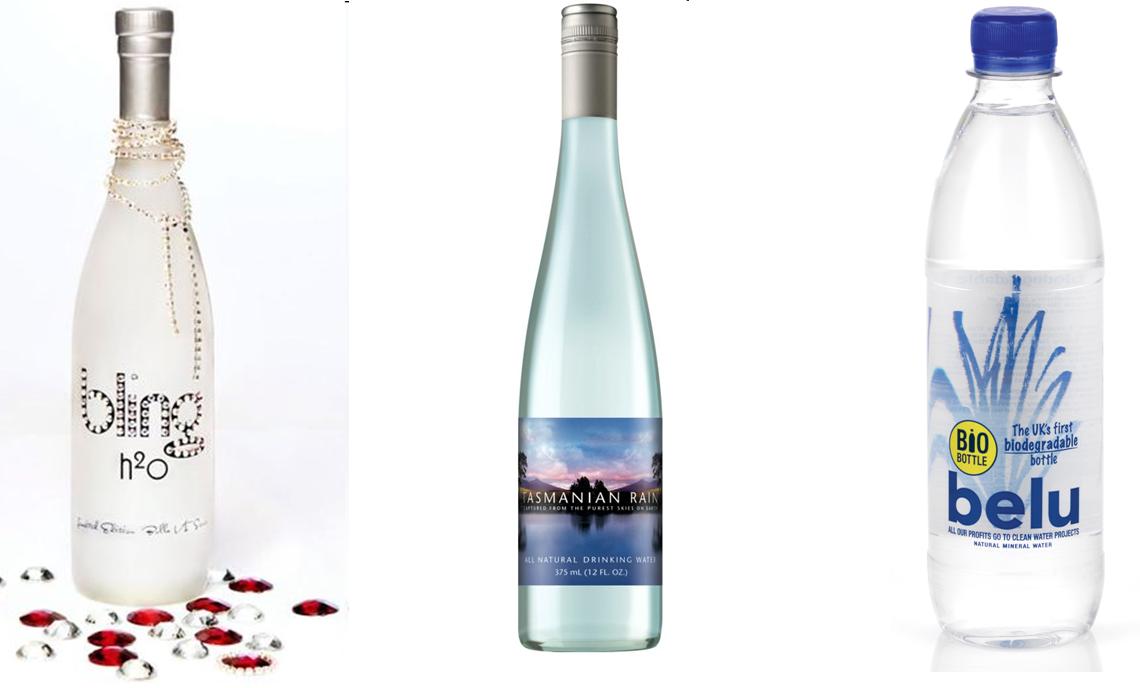 Having met the Celia a couple of times in the Business & IP Centre I am aware of the both the passion she has for turning inventions into business, as well as the tremendous challenges she has faced on her journey.
Having met the Celia a couple of times in the Business & IP Centre I am aware of the both the passion she has for turning inventions into business, as well as the tremendous challenges she has faced on her journey.
So I was fascinated to see how she would express these in her new book. As with all entrepreneurial ideas this book came about because it wasn’t there when Celia needed it. In other words there was a gap in the market which meant both an opportunity to help other people in the same situation.
I’ve met quite a few inventors since joining The British Library and I now recognise Celia’s description of the inventor’s mindset after having had a light-bulb moment.
‘One of those burning ideas that bores deep into your head, gives you a rush of excitement and keeps you awake at night. You simply can’t stop thinking about it and the more your do, the better it gets. You know you’re on to a ‘winner’ but, the question is:
What on earth are you supposed to do with this idea next.
It’s with this question in mind that I have written this book. It’s the book I wanted to read when I first had my idea. I searched for it, but it didn’t exist – now I hope to put the knowledge and experience I have gained to use by helping you. The advice and guidance offered herein is cheap at the price. It has cost me at least £94,000 in expensive mistakes to acquire. The intention is to save the you the same peril but, you must be warned in advance; this book is not for the feint hearted.’
 Celia is more of a creative designer than traditional inventor so I was fascinated to see that one of her earliest influences was a visit to the Alessi factory in Milan. As a fan of their products for nearly thirty years I can relate to this inspiration.
Celia is more of a creative designer than traditional inventor so I was fascinated to see that one of her earliest influences was a visit to the Alessi factory in Milan. As a fan of their products for nearly thirty years I can relate to this inspiration.
Almost everyone I meet has had a light-bulb moment at some point in their life (many have claimed to have been the first to come up with the idea of wheels on suitcases). However, the key is what they do next. According to Celia, out of 33,000 ideas, only 3,000 ever get written down, out of those only 300 are developed further, 3 of those are filed for official ownership (e.g. a Patent application), and only 1 idea goes on to become a reality in the market place.
For Celia the idea is secondary in the route to market, the primary factor is the inventor.
‘You are totally and utterly responsible for the success of your idea. Turning and idea into reality has everything to do with you. You and the belief and action you are prepared to take in order to turn your idea into a phenomenal success.’
As Celia correctly points out, the very first thing you should do with your brilliant idea is to value it. Far too many inventors devote time and money developing and protecting their idea, only to find out it will never be commercially viable.
1. You need to work out who (and calculate how many) will benefit from your idea.
‘Avoid sweeping statements such as ‘everybody in the entire world is going to benefit’
Concentrate on who is going to benefit the most, and so who are likely to be your first customers.’
2. Find out how accessible you target market is. How are you going to get to meet them to talk about your idea and get their reaction?
3. Work out who you are going to be competing against. Many inventors say they are creating a new market with their idea, but even where this is true existing businesses with either feel threatened or, see a new opportunity and will respond.
4. Clearly identify your competitive edge. Why is you idea so much better than anything else on the market?
5. How sure are you of being the original creator of your idea? Similar ideas often occur simultaneously, so keep watching out for your idea in patent searches and trade magazines.
Celia has adapted the famous Edward De Bono Six Thinking Hats Principles into what she terms The Whether? Forecast. This is to help view the idea from a range of perspectives:
Sun – think sunny positive thoughts about your idea.
Rain – concentrate on all the negative aspects, and what could go wrong.
Snow – clean sheet thinking. Imagine the landscape is covered by snow and start again.
Blue Sky – think creatively, don’t be constrained to the known.
Environment – look around you and consider the physical environment in which your idea will function.
Whether Report – review the evidence and your research. Look for gaps in your knowledge and try to fill these. Examine past trends and historical patterns to help predict the future.
The importance of building prototypes is covered;
‘They say that a picture speaks a thousand words: in this case a prototype speaks a thousand pictures.’
Apparently James Dyson built 5,127 prototypes when developing his dual-cyclone vacuum cleaner.
The book gradually moves towards more entrepreneurial activities, such as the need to develop an elevator pitch. This is something inventors are particularly bad at in my experience. Too often they go into far much technical detail, forgetting to emphasise the benefits of their invention to the consumer.
In chapter eight Celia attacks the tricky issue of selling intellectual property. Many inventors really struggle with this concept as they don’t trust anyone else to take proper care of their ‘baby’. The chapter starts with the following:
‘How to get rich from your invention
So, let’s start by overcoming a barrier: are you an inventor or an entrepreneur? With a little luck you are an Inventive Entrepreneur and in this case you are in line to make some BIG MONEY…
… but before we proceed, how do you feel about this?
Are you in the invention game to make BIG MONEY or are you inventing because it is your hobby or because it rewards you in other ways?
There is absolutely nothing wrong with doing something because you enjoy doing it. The world needs more social entrepreneurs and if you are in this business solely because you believe you are capable of adding infinite value to the lives of many other through your ideas then you have my utmost respect.
Her in the UK we seemingly ‘hate the concept of making BIG MONEY and yet, if we open up and are honest with ourselves, the concept of infinite riches is what stimulates and motivates many of us every day.’
I have to take issue with Celia on this point, as in my experience most inventors are more motivated by wanting to see their invention come to life, rather than making millions of pounds from it.
The rest of the book covers how to get your product into the market place, including starting production, getting attention, testing and optimising, brands and assets and return on investment.
Celia’s own experiences (and those of many other inventors) lead to the inclusion of a lengthy chapter on what to do if someone has stolen your idea.
In summary, I would say that although this book is quite quirky in places, it sees the world through an inventor’s eyes. It strongly emphasises the point that – yes – the innovative idea is essential, but unless the inventor can morph themselves into an entrepreneur then their idea is likely to remain just that, an idea, rather than a product consumers can benefit from.
From Inventor to Entrepreneur by Celia Gates
- Helping you acquire essential knowledge & skills by learning how to save time & costly mistakes.
- How to generate innovative & original thoughts.
- How to develop ideas as valuable assets.
- How to secure & register official ownership.
- How to commercialise an innovation & turn the value of you intellectual property in to riches & wealth.
- How to stop your ideas being stolen & optimise your return on your investment.






 E-courses on intellectual property
E-courses on intellectual property





